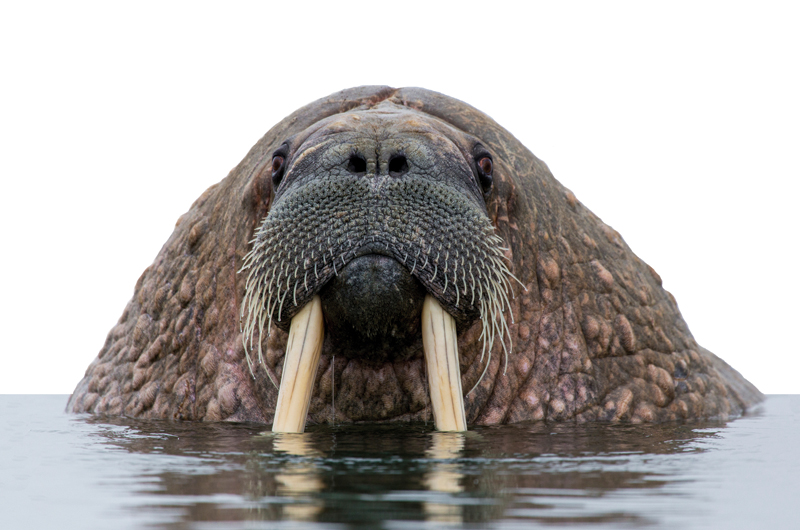So much of what happens underwater, from seal vocalizations to whale songs to ship noises, is out of human earshot. “If we’re on a boat we can’t hear the noise that’s underwater, it doesn’t really transfer between the air/water interface,” says marine biologist Laela Sayigh. “It’s really hard to kind of wrap your mind around what types of sound is under there.”
But the hidden world of underwater sound is now available to anyone with an Internet connection, thanks to the Watkins Marine Mammal Sound Database presented by Woods Hole Oceanographic Institution (WHOI). The new database features more than 15,000 digital audio clips of more than sixty marine mammals, from narwhals to leopard seals, that were recorded over more than seventy years in locations all over the world.
The database is the brainchild of the late William Watkins, who collected and cataloged marine mammal vocalization during the forty-plus years he worked at WHOI. One of the pioneers in the marine mammal bioacoustics field, he helped develop a tape recorder that could be taken out to sea. When he died in 2004, he was in the midst of a decade-long process of digitizing his recordings so they would be available to other scientists and the public.
Fortunately, Sayigh, also a WHOI biologist, picked up where her former colleague left off. She was saddened to see the boxes of Watkins’s CDs collecting dust on shelves. “I know how much work went into it,” she said. “It seemed crazy all that work went to waste.”
It wasn’t only a sentimental effort, however. Underwater sound is “a huge area of growing interest and concern,” she said, with a rising awareness of how shipping noise, military sonar, and seismic testing affect marine life. “These animals are trapped in this environment where there’s all this noise. They can’t get out of it, they can’t go somewhere else. That’s where they live.
“It impacts many, many aspects of their lives,” she added. “They use sound for communication, and in some species for finding food. So it’s really a huge concern.”
Sayigh envisions the database being used to identify unknown underwater species, or to study changes in the noise level below the surface over time. For example, Watkins and his colleagues compared audio clips of right whales around the Vineyard in the 1950s to more recent recordings, and found that some of the whales had shifted vocally in recent years, suggesting that the whales have changed their vocalizations to compete with increased noise underwater.
Sayigh’s own area of study focuses on how marine mammals use sounds in social interactions, especially various species of dolphins that have signature whistles unique to an individual animal. The Watkins recordings could be used to look into whether other less-studied species have similar unique sound patterns, Sayigh said.
Even she was surprised by the vocalizations of some of the pinnipeds, such as seals. She recalled in particular Watkins playing her some walrus sounds, “which are just unbelievably bizarre and cool sounding, kind of a bell sound; it’s really hard to explain it any other way. I remember being absolutely blown away that a walrus could sound like that.”





